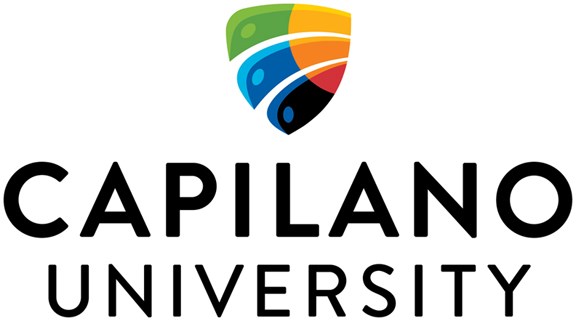Many of us can readily remember our university lecture halls. Professors were situated at the front of the room and were known as the vessels of information. Students would listen intently, taking notes that would later be used for exam preparation. This was post-secondary teaching and learning, and it had been that way for at least a century.
Today, students in university are actively engaged in their learning in what is referred to as “flipped classrooms.” They are leading lessons, contributing to the structure of assessment, and coming to class with guiding questions and ideas. As the digital world has made information accessible at the touch of a fingertip, the focus in the classroom is less about the rote memorization of the content and more about how the topic is connected to the world and the student’s place within it.
This shift in teaching and learning will be even more dominant as we enter 2021, as students who have experienced the new curriculum in B.C. high schools will be entering university for the first time. With an increased emphasis on assessment as learning, core competencies, and a focus on doing rather than knowing, this new curriculum will have strong implications for post-secondary teaching and learning. Students will be entering post-secondary with a greater self-awareness, and an ability to reflect on their own learning.
Here at the kálax-ay campus of Capilano University, instructors are working to meet the needs of today’s learners in a variety of ways. Classes often include collaborative learning opportunities, mixed mode (a blend of online and face-to-face), and assessments that celebrate self-reflection and learning. Classes are generally experiential, allowing students to actively engage in their learning both online and face-to-face.
As we move further into the 21st century, instructors will continue to be tasked with being ready to meet the needs of these new-age learners. Change and innovation will be the driving force behind teaching and learning, and post-secondary education may never be the same again.



